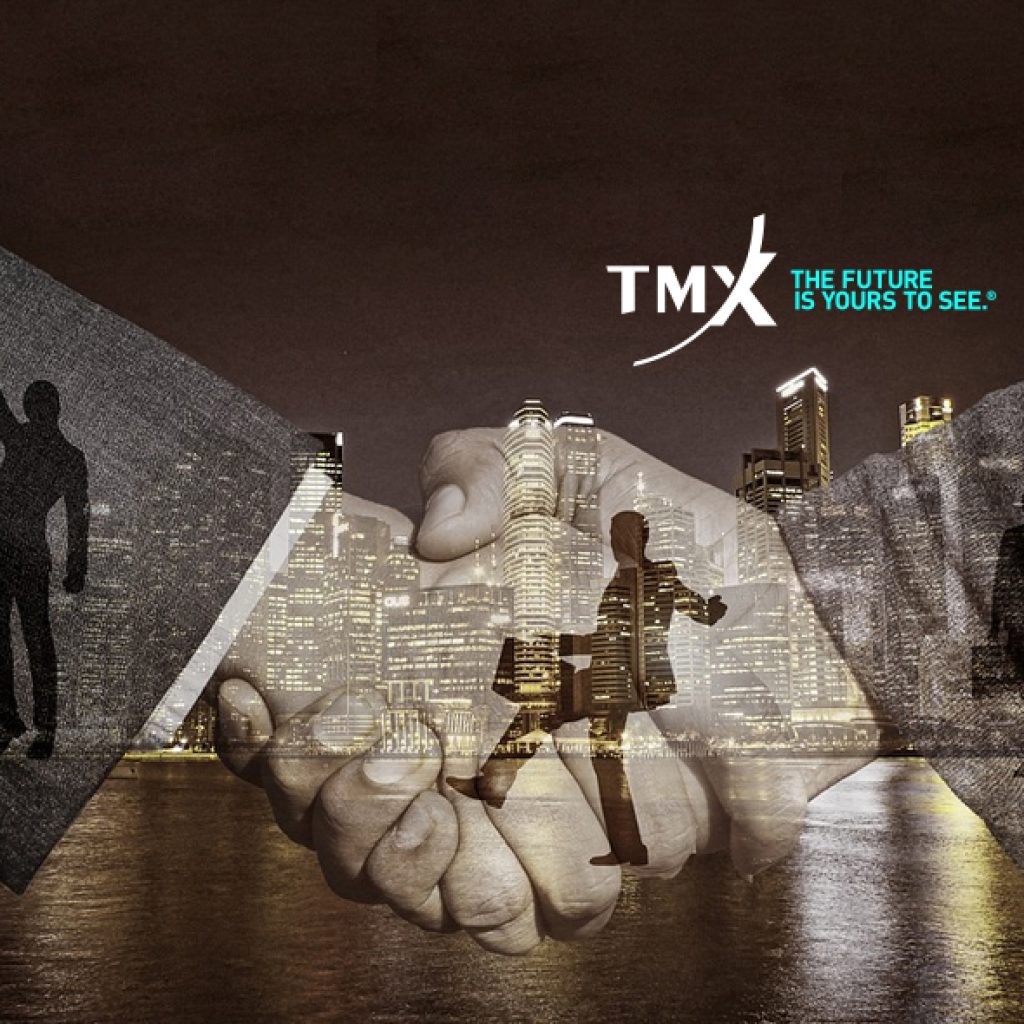The adoption of cryptocurrency within self-managed super funds (SMSFs) in Australia has witnessed a remarkable surge over the past four years, indicating a shifting landscape in retirement investment strategies. Data from the Australian Tax Office (ATO) reveals that, as of September, approximately 612,000 SMSFs collectively hold around $658.6 million (992 million Australian dollars) worth of cryptocurrencies.
Australia’s SMSFs see a 400% increase
This reflects a striking 400% increase from the corresponding quarter in 2019 when the total stood at just under $131.5 million (198 million AU). SMSFs, also known as private superannuation funds, provide individuals with the autonomy to oversee the investment of their retirement funds. However, these funds remain subject to oversight by the Australian Tax Office and must comply with superannuation laws. Notably, the growth rate of cryptocurrency allocations within SMSFs has outpaced traditional investments like stocks and bonds, establishing crypto as the fastest-growing asset class in this sector.
In contrast to the substantial growth in cryptocurrency allocations, the category of listed shares, which represents the largest allocation for SMSFs after the last quarter, experienced a 28% increase over the same period. Conversely, allocations to debt securities, including bonds, witnessed a decline of 5.8% over the past four years. Despite the impressive growth trajectory, there has been a slight 0.8% dip in total SMSF allocations to crypto from the quarter ending June 2023, coupled with a 2.4% drop compared to the previous year.
Regulatory considerations and future trends
It is worth noting that the current cryptocurrency holdings in SMSFs are still 38% lower than the all-time high recorded in the quarter ending June 2021 during the last crypto bull cycle, reaching nearly $1.06 billion (1.6 billion AU). Danny Talwar, the head of tax at crypto tax provider Koinly, emphasizes that cryptocurrency constituted only 0.1% of the total net assets held in Australian SMSFs at the end of the last quarter. Furthermore, Talwar highlights an interesting trend—smaller-sized SMSFs tend to allocate a more significant portion of their portfolios to cryptocurrencies.
This suggests that as investors with smaller funds seek diversification and potentially high returns, they are more inclined to explore the opportunities presented by digital assets. While the rise in cryptocurrency holdings within SMSFs is evident, it is essential to consider the regulatory framework governing these investments. Talwar warns that holding crypto within a super fund requires strict adherence to specific rules. The SMSF strategy must explicitly allow for crypto holdings, with the primary purpose being to provide a retirement benefit.
Compliance measures include mandatory audits, segregation of SMSF holdings from personal holdings, and maintaining a clear distinction between the two. Despite the surge in interest in recent years, the ATO does not provide detailed information on the specific cryptocurrencies held by SMSFs or the gains or losses incurred. Nevertheless, the trend suggests a growing appetite for cryptocurrency within the Australian retirement landscape. In response to this demand, local crypto exchanges are reportedly offering crypto superannuation products, catering to individuals who wish to integrate digital assets into their retirement portfolios.





